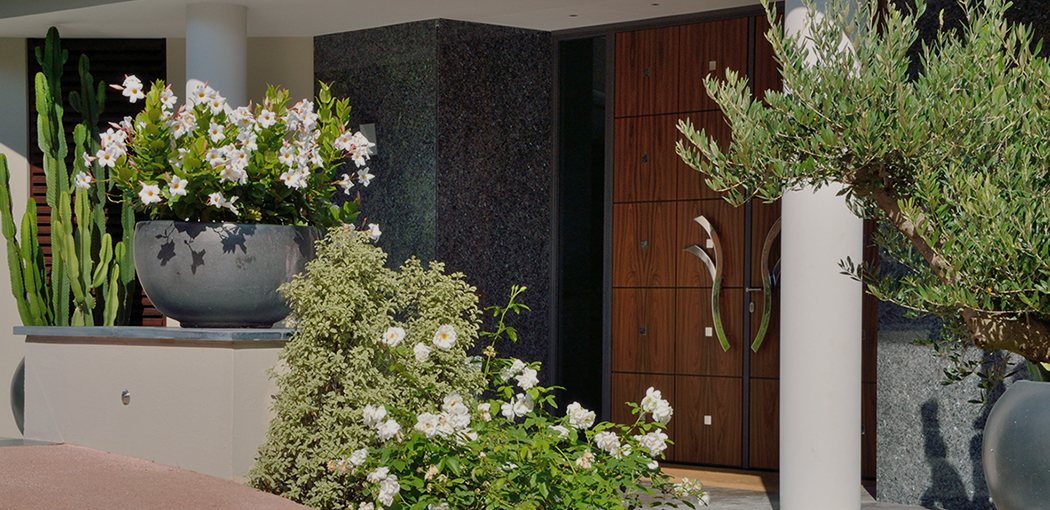Endemic to the Makassar Strait region in Indonesia, Macassar ebony (Diospyros Celebica) or Coromandel is a rare, very valuable wood that is difficult to find in large dimension cuts.
Special characteristics and uses.
Much-appreciated since earliest Antiquity for their very dark, almost black colour, ebony trees have always exerted a certain fascination. In the Middle Ages, people even attributed magical powers to such trees – supposedly they were able to ward off fear! For this reason, the cradles of young princes in the 16th century were made from this wood. In reality, there’s no sorcery going on to give ebony its black colour, which is due to the presence of a parasitical fungus. Without this fungus, the wood would be grey. Diospyros Celebica wins over fans with its clearly-defined figure, white or yellow against black, which may be linear or marbled.
A VERY POPULAR WOOD FOR MARQUETRY WORK
Ebony is dense and hard, as well as being subject to considerable shrinkage. This results in end products which are very stable, but ebony is very difficult to work with and requires robust tools and powerful motors. However, its very fine grain lends itself to an excellent finish. Ebony is very easy to polish to a very high gloss finish for an almost mirror-like effect.
Ebony is used in making fancy goods, stringed instruments, cutlery, luxury brushes, sculpture and, especially in marquetry work in an Art Deco style. It’s also employed for furniture and design objects, such as decorative panelling for private residences, hotels and luxury shops.
DID YOU KNOW?
In the 17th century, when it first became possible to create very thin sheets of ebony, neither carpenters (rough work) nor joiners (smaller items) were able to work with the degree of precision that was required when dealing with ebony.
As a result, joiners from the Netherlands were brought to France, and in 1743 the guild of ebony-workers was formed. The French word ‘ébéniste’ (cabinet-maker) derives from craftsmen who originally worked only with ebony (ébène).
Source: Wikipédia; revue Bois et Forêts, n° 72, juillet-août 1960.

